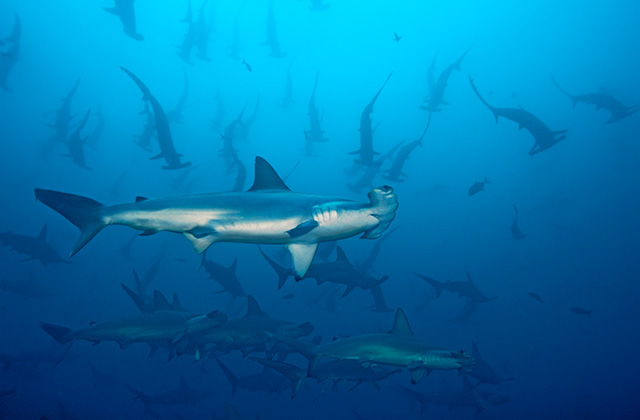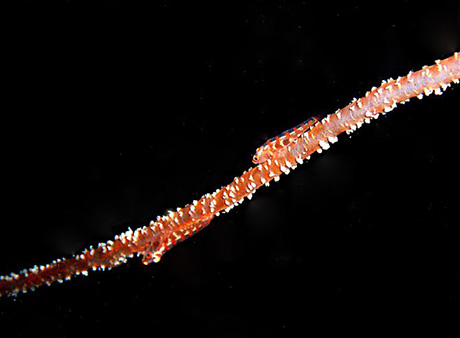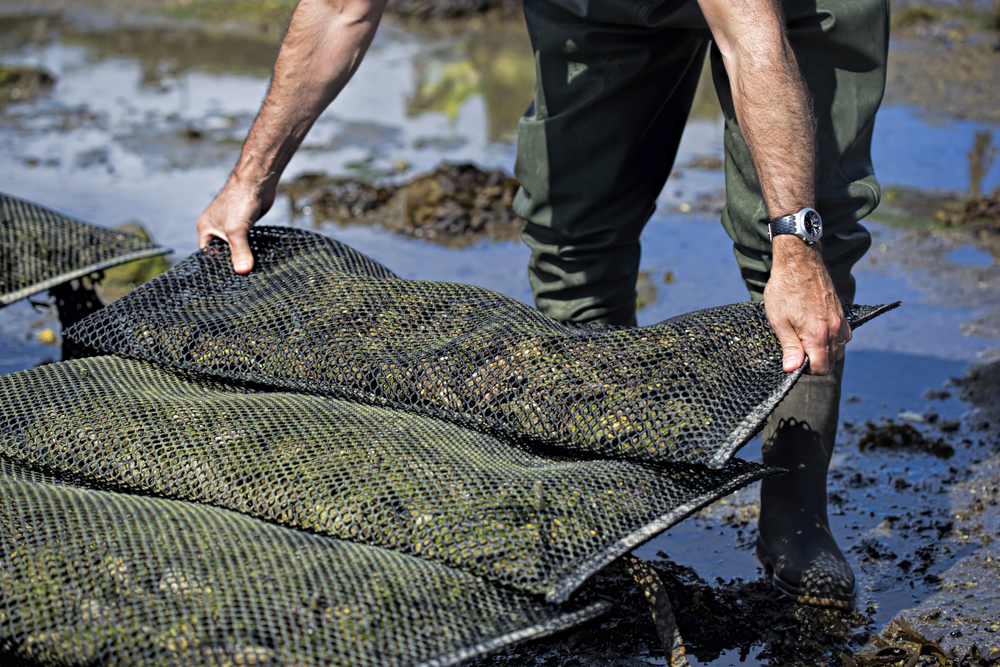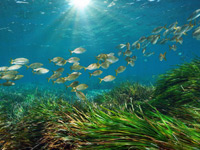SCUBA News~~~~~~~~~~~~~~~~~~~~~~~~~~~~~ Hello - just for you we've an offer you won't see anywhere else: 5% off liveaboard diving anywhere in the world when booked with divebooker.com. Use code SCUBATRAVEL5. But hurry, you need to book before 30 November.
You can download SCUBA News as a pdf. What's New at SCUBA Travel?
Liveaboard Diving Offers: Dive for Less - and even bigger discounts with our exclusive codeGet up to 63% off at some of the best diving spots in the world. Plus, we have a 5% discount code exclusively for our subscribers! Just use SCUBATRAVEL5 when making a booking via by divebooker.com on any boat in the world - but hurry, expires 30 November 2025.
Why black corals aren't black - the yellow wire coral is creature of the monthBlack coral appears almost any colour apart from black.
There are many species that make up the black corals, but all of them belong to the Antipatharia order. Most live in water deeper than 50 m (down to over 8600 m), but the wire or whip corals are often seen by recreational divers in the Indo-Pacific, sometimes as shallow as 2 m.
Black corals are so-called as their skeleton, which has been used extensively for jewellery, is black. The shallow wire corals have been overharvested around the world and all are now on the Cites Appendix II in which trade must be controlled. Researchers have successfully transplanted fragments of yellow wire corals, showing the resilience and acclimation capacity of this species. Unbranched black corals like these have proved much more tolerant to thermal stress than branched ones.
The yellow wire (or whip) coral grows to 2 m long. You generally find it below 10 m. It is one of the fastest growing colonial organisms, growing 13.25 cm a month. Home to many other creatures
These hexacorals play important ecological roles as habitat providers. They host many symbiotic species, which spend their adult life with their host and use them to access food. The small fish and shrimps feed from the water passing over the black corals; the same conditions suit both.
Prefer fast moving waterThe yellow wire coral prefers current rich areas, often sticking out at right angles to a coral wall. The moving water brings the plankton upon which they feed. Unlike many corals found in shallow water, they don't have photosynthesising zooxanthellae in their tissues and get all their nutrition from filter-feeding.
Male and FemaleThere are male and female wire corals, each wire or whip being a colony of polyps. They spawn annually towards the end of summer, when sea water temperature rises, releasing their eggs or sperm through the mouths of the polyps. Hope for the FutureThough named for their jet-black skeletons, the vibrant wire corals host many other species. Next time you see one underwater look closely for them - they make great underwater photography subjects. The yellow wire coral's remarkable resilience fast growth rate and heat tolerance means with conservation efforts they can quickly recover from over-harvesting. ReferencesGodefroid M. et al (2021), Perspectives on working underwater with black coral nubbins (Cnidaria: Antipatharia): The case of Cirrhipathes anguina (Dana, 1846), Journal of Experimental Marine Biology and Ecology, Vol 545, https://doi.org/10.1016/j.jembe.2021.151645. Terrana, L. et al (2019). Assessing trophic relationships between shallow-water black corals (Antipatharia) and their symbionts using stable isotopes. Belgian Journal of Zoology, 149. https://doi.org/10.26496/bjz.2019.33 Diving news from around the World
| ||||||||||||||||||||||||||||||||
| SCUBA News is licensed under a Creative Commons Attribution 4.0 Unported License. This means we are happy for you to reuse our material for both commercial and non-commercial use as long as you: credit the name of the author, link back to the SCUBA Travel website and say if you have made any changes. Most photos though, are copyright the photographer. Please get in touch for details. Photo credits: Tim Nicholson, Jill Studholme, Ryburn et al/CC BY 4.0, Carol Buchanan/DepositPhotos, divebooker.com UNSUBSCRIBING ADVERTISING CONTACTING THE EDITOR |
Sunday, September 21, 2025
SCUBA News - 5% off ANY liveaboard trip with our exclusive code!
Subscribe to:
Post Comments (Atom)





























No comments:
Post a Comment